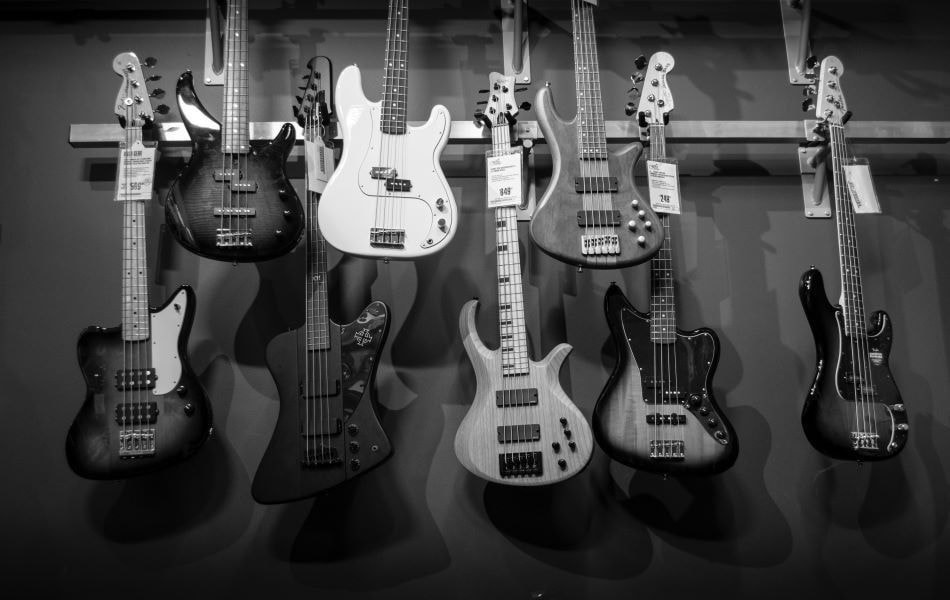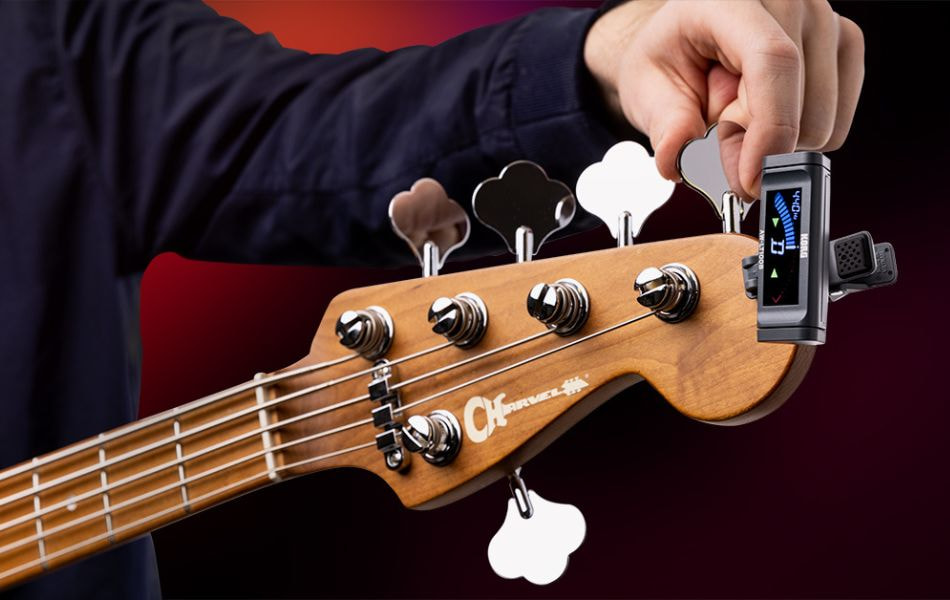Beyond the Basics: 5-String Bass Standard Tuning
The 5-string bass, with its expanded tonal range, opens a gateway to a realm of musical prospects. As we navigate through the intricacies of 5-string bass standard tuning, we shall uncover the nuances and advantages it holds. This journey promises to elevate your musicality, broaden your horizons, and refine your understanding of this powerful instrument.
Overview of 5-string bass standard tuning
The 5-string bass guitar stands as a remarkable instrument for musicians aspiring to expand their musical horizons. With its extended lower range, this instrument provides a unique platform for players to experiment with chords and arpeggios in different positions.
It's particularly advantageous for those keen on delving into lower keys and exploring the creative possibilities of playing chords and arpeggios. The transition from a four-string bass to a five-string bass showcases a notable difference in both playability and the expansive flexibility the latter offers.
5-string bass standard tuning starts from the thickest (lowest pitch) to the thinnest (highest pitch) string. It is typically tuned to B-E-A-D-G.

Way of 5-string bass standard tuning
Using app
Guitar Tunio is a standout among tuning applications, known for its speed, simplicity, and unparalleled accuracy, boasting an intuitive user interface that sets it apart. While it's a versatile tool suitable for various instruments, it particularly shines as a bass guitar tuner. The best part? It's readily available on both Google Play and the App Store, and it won't cost you a dime!
Whether you're just starting your musical journey or you're a seasoned expert, Guitar Tunio caters to all. This app, designed specifically for bass guitar, offers an extensive range of tuning modes and helpful tools. From standard to alternative tunings, it provides a broad spectrum to suit different playing styles for both guitars and ukuleles.
Tuning your bass guitar is a straightforward process with our bass guitar tuner. First, identify the type of bass you have and choose the tuning style you want. Our tuner offers two convenient operating modes: Manual and Auto.

Manual Mode
In Manual mode, you have the flexibility to choose which specific string you want to tune. Simply select the string you're working on and follow the on-screen instructions to adjust its tuning using the tuning pegs.
Auto Mode
Pluck a string, and the app will automatically identify the string you're trying to tune and analyze its deviation. An indicator displayed above the picture of the instrument's headstock will guide you.
As you turn the tuning pegs to adjust the string tension, the indicator will move accordingly on the screen. If the indicator shows the note is too sharp or too flat, make the necessary adjustments to bring it closer to the center. Once the indicator reaches the middle of the screen, it means the string is in tune.
Using a Clip-on electric tuner
Clip-on electric tuners have significantly simplified the tuning process for bass guitars, especially the 5-string variants. Instead of the traditional electric tuners that require plugging in, these modern tuners conveniently attach to your guitar's headstock and utilize string vibrations to determine the pitch.
Clip the tuner securely onto the headstock of your bass guitar. Ensure it's firmly in place to accurately detect string vibrations. Begin with the thickest string (lowest pitch), which is usually the B string. Pluck the B string and let it vibrate.
Look at the tuner display. It will show whether the note is "flat" (indicating the note is too low), "sharp" (indicating the note is too high), or "in tune."

If the tuner indicates the note is "flat," turn the tuning peg associated with that string clockwise to tighten the string and raise the pitch.
If the tuner shows the note is "sharp," turn the tuning peg counterclockwise to loosen the string and lower the pitch.
As we conclude our exploration of "Beyond the Basics: 5-String Bass Standard Tuning," we've unveiled the richness and versatility that this tuning offers to bassists. The 5-string bass, with its extended tonal range, empowers musicians to transcend traditional boundaries and create music that resonates deeply.








